How To Make Hard-Boiled Eggs
- By Jennifer Segal
- Updated October 10, 2024
- 44 Comments
- Leave a Review

This post may contain affiliate links. Read my full disclosure policy.
Perfect hard-boiled eggs, every time! With firm whites and creamy yolks, this foolproof method ensures your eggs are cooked just right, without the dreaded green ring.
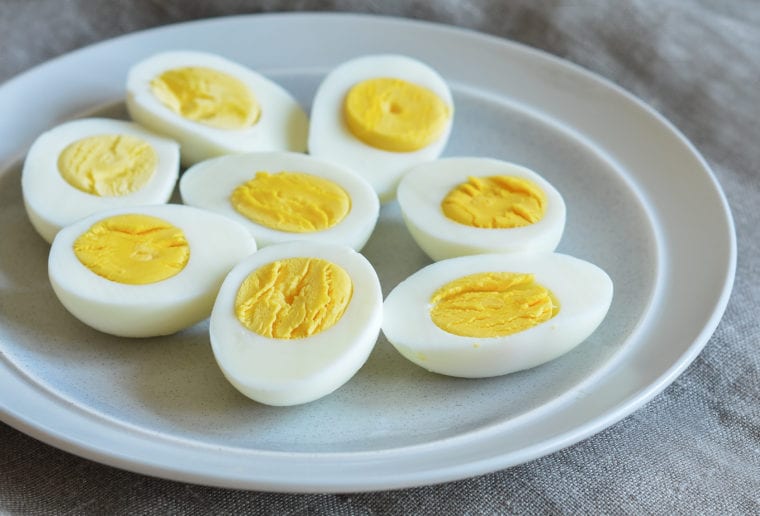
There’s a reason they’re called the incredible edible egg—eggs are high in protein, low in calories, packed with nutrients, and incredibly versatile. Hard-boiled eggs are great for so many things, and since they’re portable, they make a perfect grab-and-go breakfast. While they’re easy to make, they’re also easy to mess up. There are countless methods out there, but this one guarantees perfect hard-boiled eggs every time: firm whites that aren’t rubbery, creamy yolks that are fully cooked with no unsightly green ring. Best of all, no fancy equipment needed—just eggs, a pan, and a kitchen timer.
Once you’ve mastered the art of the hard-boiled egg, you’ll have a great source of protein ready for all kinds of dishes, whether you’re making egg salad, potato salad, jazzing up a fresh Cobb salad, topping off avocado toast, adding them to a sandwich, or just sprinkling them with a little salt and pepper for an easy snack. If you’re interested in other simple ways to cook eggs, check out my soft-boiled eggs and poached eggs.
How To Make Hard-Boiled Eggs
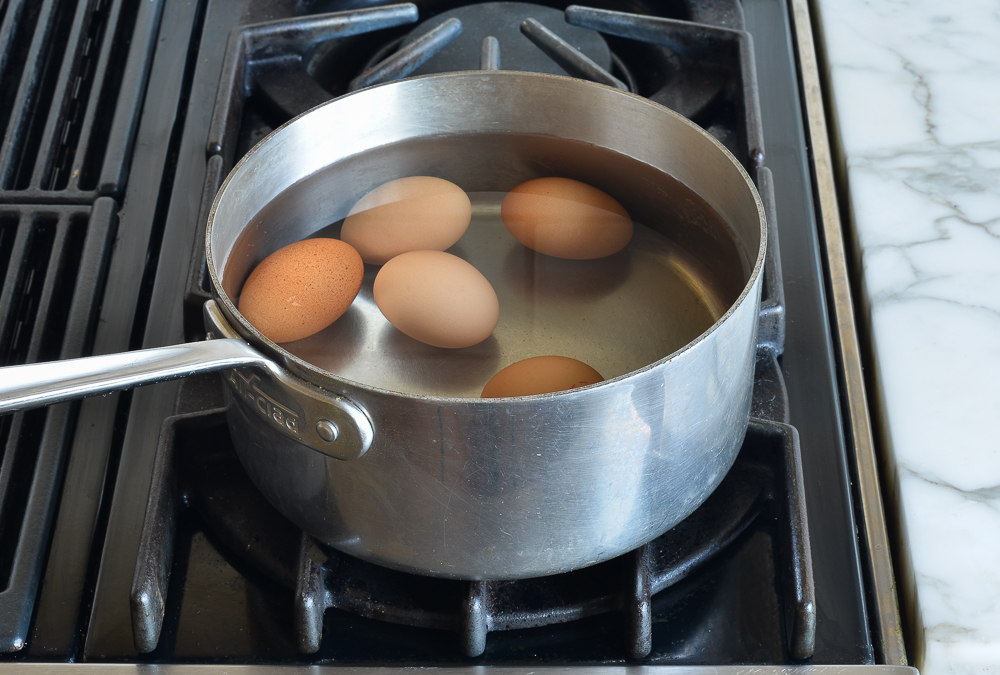
Begin by placing the eggs in a saucepan large enough so that they sit in a single layer (use eggs that have been in the fridge for a week or two as they will be much easier to work with). Fill the pan with enough cool water so that it covers the eggs by about an inch. It’s important to start the eggs in cold water — bringing the water and eggs up in temperature together ensures even cooking and prevents cracking. Bring the water to a rolling boil over high heat, then immediately remove the pan from the heat.

Cover, and let stand for 10 minutes. (Keep in mind that I use standard large eggs — for smaller or larger eggs, you’ll need to adjust the cook time by a minute or so in either direction.)
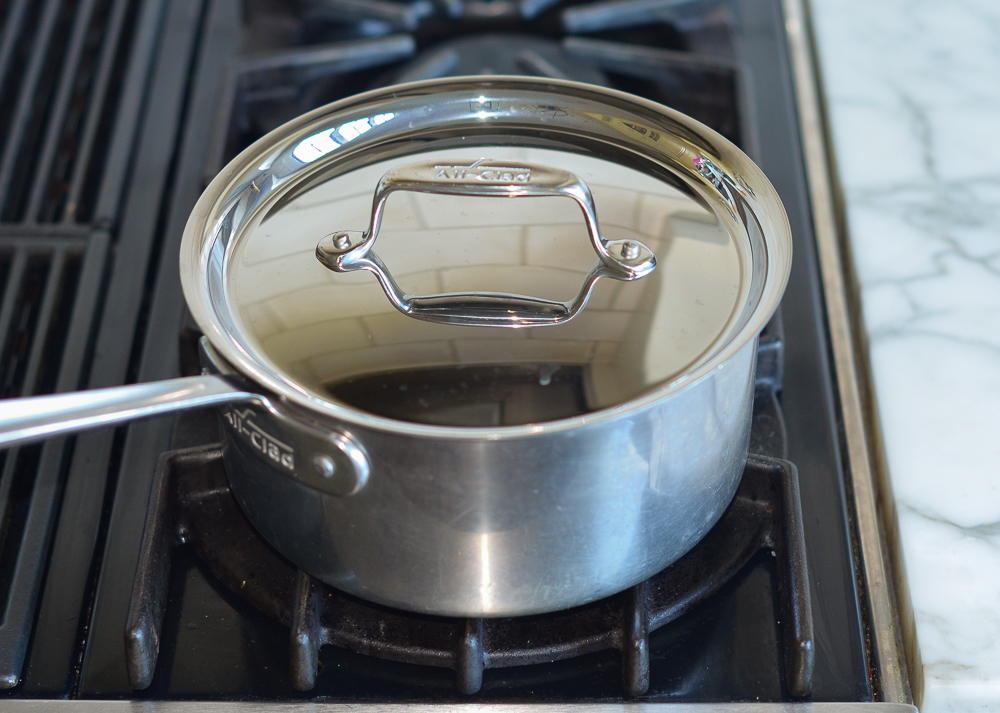
When the eggs are done, you’ve got two easy options for cooling them. The quickest is to transfer them straight into an ice bath and let them sit for about 10 minutes. Alternatively, just drain off the hot water, run cold water over the eggs for a minute or two until the pan feels lukewarm, then refill with fresh cold water and let them stand until they’re at room temperature, about 10 minutes.
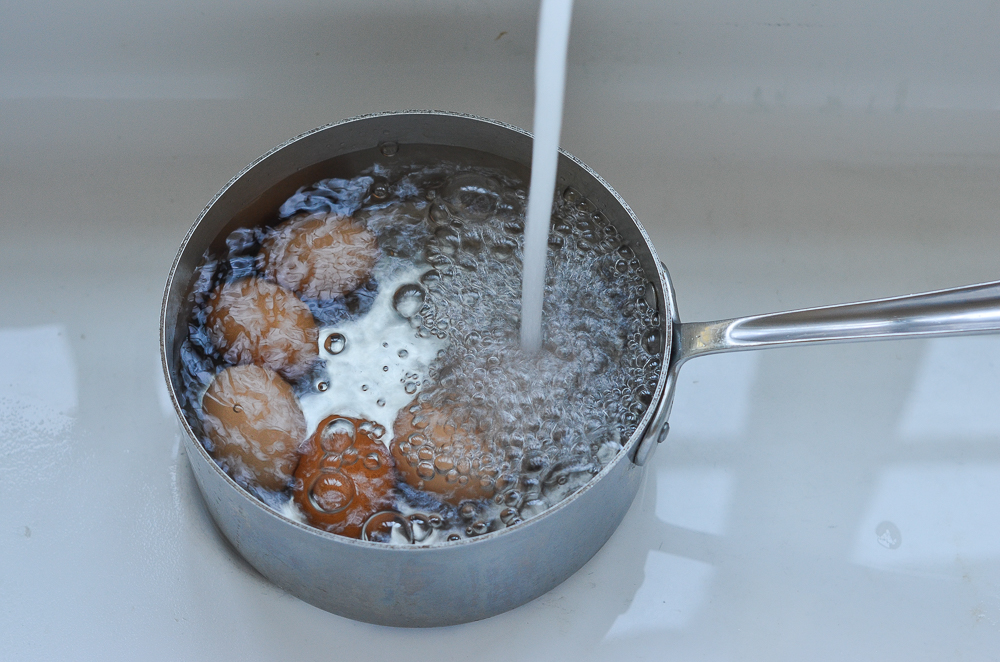
Gently crack the eggs all over (just tap them on your countertop) and peel them under running water.
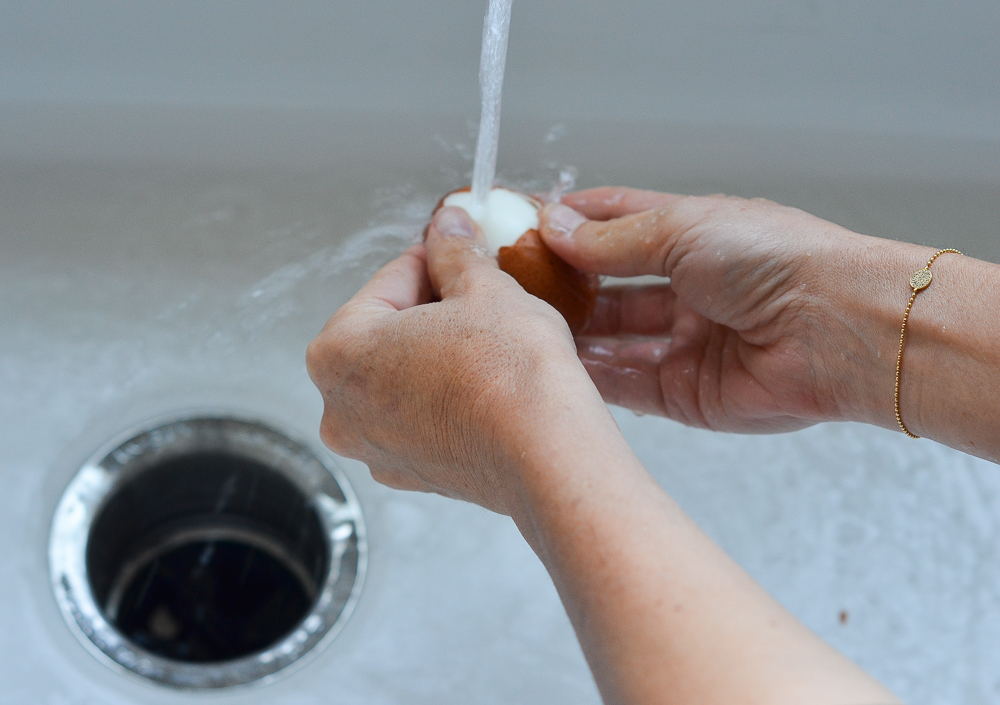
The eggs can be cooked and peeled 3 days ahead. If you keep the eggs in their shell, they can last for up to a week. Store in an airtight container in the refrigerator.
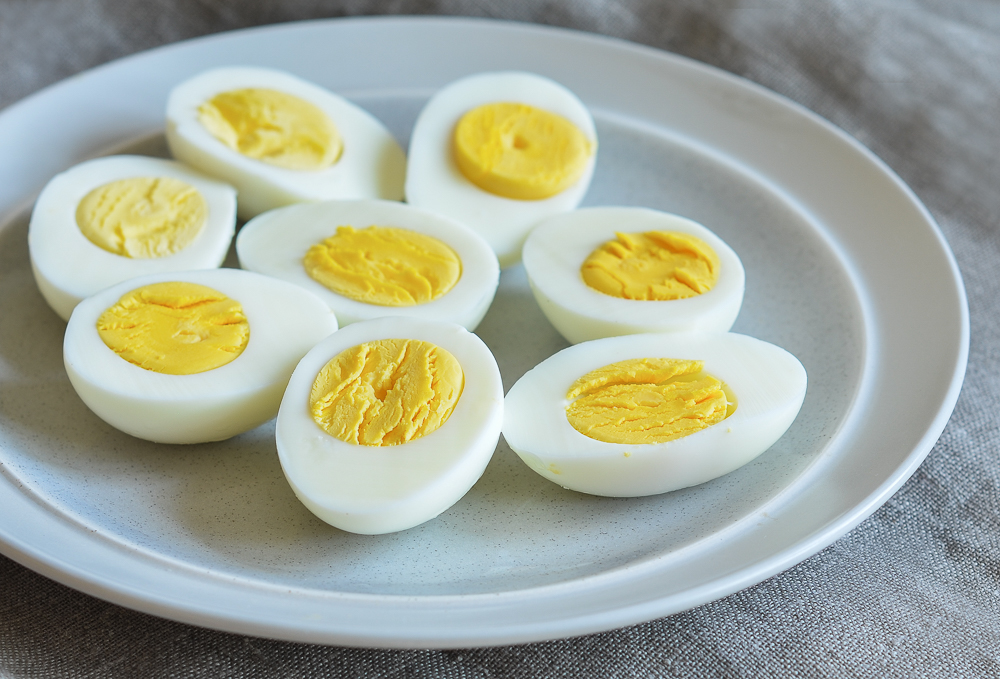
Peeling Hack
Having trouble peeling your eggs? Start at the wide end, where there’s usually a little air pocket. Crack off a small piece of shell at the bottom to expose the membrane, then pop the egg back into the water (ice water or even just cool water works) for a minute or two. The water will seep under the shell and make the rest of it easier to peel right off.
More Egg Recipes You May Like
Hard-Boiled Eggs

Perfect hard-boiled eggs, every time! With firm whites and creamy yolks, this foolproof method ensures your eggs are cooked just right, without the dreaded green ring.
Ingredients
- Up to a dozen eggs
Instructions
- Place the eggs in a saucepan in a single layer, and fill the pan with enough cold water so that it covers the eggs by about an inch.
- Over high heat, Bring the water to a full rolling boil—big, vigorous bubbles should be breaking all over the surface—then remove the pan from the heat, cover, and let stand for 10 minutes.
- Transfer the eggs immediately to a bowl of ice water and let stand until fully cooled, about 10 minutes. (Alternatively, carefully drain the hot water, then place the pan in the sink and run cold water over the eggs for 1 to 2 minutes. Drain, refill with fresh cold water, and let stand until the eggs are room temperature, about 10 minutes.)
- Make Ahead: Eggs can be cooked and peeled 3 days ahead. If you keep the eggs in their shell, they can last for up to a week. Store in an airtight container in the refrigerator.
- Peeling Hack: Start peeling at the wide end of the egg, where there’s usually an air pocket. Peel off a small piece of shell at the bottom to expose the membrane, then slip the egg back into the water (ice water or room temperature water both work) for a minute or two. The water seeps under the shell and helps release it more easily.
Nutrition Information
Powered by ![]()
- Serving size: 1 egg
- Calories: 61
- Fat: 4 g
- Saturated fat: 1 g
- Carbohydrates: 0 g
- Sugar: 0 g
- Fiber: 0 g
- Protein: 5 g
This website is written and produced for informational purposes only. I am not a certified nutritionist and the nutritional data on this site has not been evaluated or approved by a nutritionist or the Food and Drug Administration. Nutritional information is offered as a courtesy and should not be construed as a guarantee. The data is calculated through an online nutritional calculator, Edamam.com. Although I do my best to provide accurate nutritional information, these figures should be considered estimates only. Varying factors such as product types or brands purchased, natural fluctuations in fresh produce, and the way ingredients are processed change the effective nutritional information in any given recipe. Furthermore, different online calculators provide different results depending on their own nutrition fact sources and algorithms. To obtain the most accurate nutritional information in a given recipe, you should calculate the nutritional information with the actual ingredients used in your recipe, using your preferred nutrition calculator.
See more recipes:
Comments
Add a Comment Cancel reply
This site uses Akismet to reduce spam. Learn how your comment data is processed.

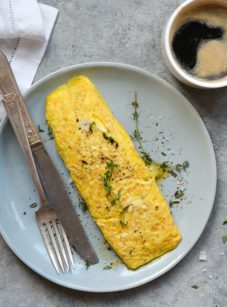
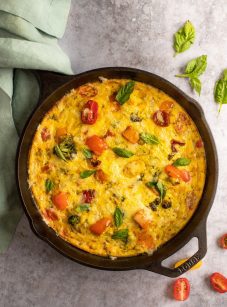
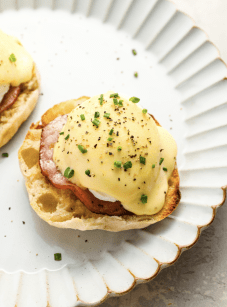
Thanks Jenn, perfect eggs every time.
Hi Jennifer
Love all your recipes.
Learned a trick from a student recently to roll the egg around on the counter before peeling so it’s cracked all over. I then use the side of my thumb to peel. So much faster! Try it!
Perfect every time – and I’ve made them many times!
I live at an altitude of 6700 feet so the timing has to be adjusted. I found I have to let the eggs cool for 18 minutes in order to have fully cooked eggs. Otherwise, this works well. Older eggs peel the best.